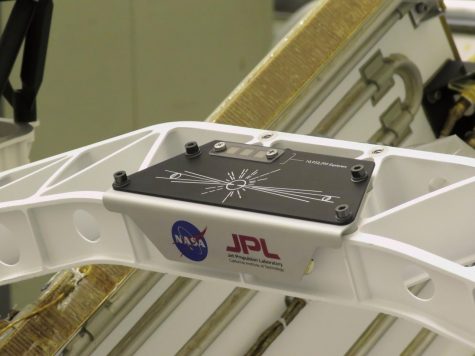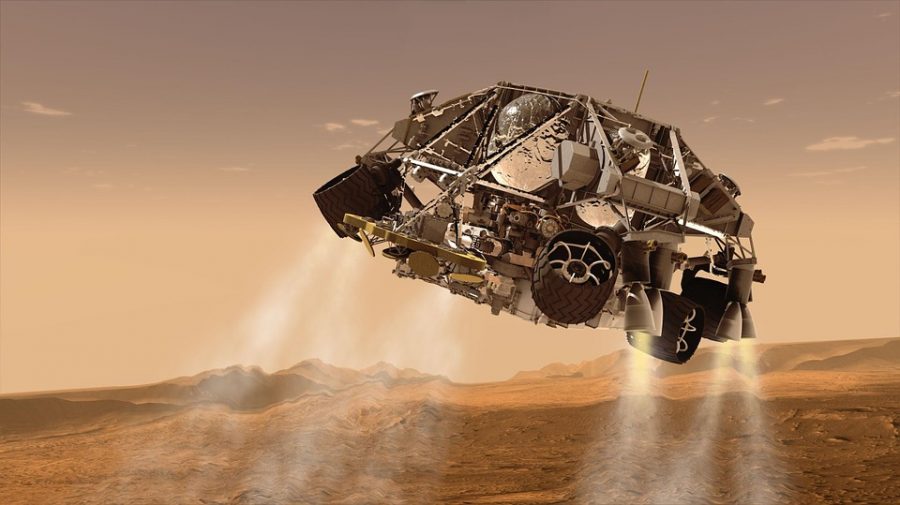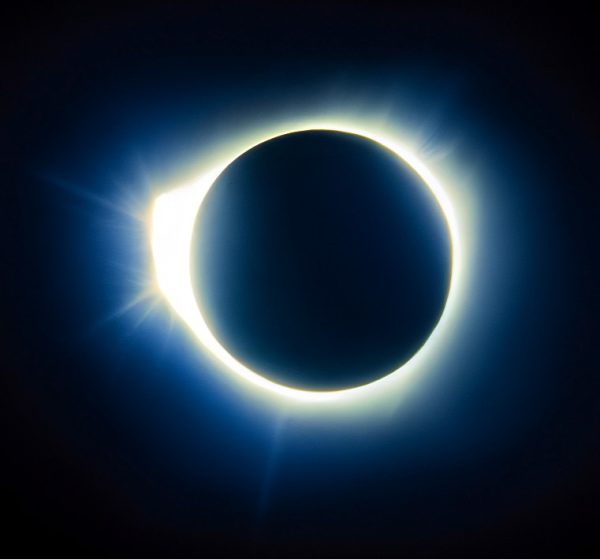NASA’s Newest Mars Rover, Perseverance, is About to Land
On August 6, 2012, NASA’s Curiosity Rover landed on the surface of Mars. The SUV-sized rover was a breakthrough in space exploration and paved the way for future “martian missions”. Those future martian missions are now upon us. On February 18th, 2021 at 12:55 p.m. PST, the Perseverance Rover will perform its Martian Entry, Decent, and if all goes well, landing. The Perseverance Rover, while very similar to Curiosity, will be packed with numerous different scientific experiments and tools. These devices are to assist the mission and to eventually help Earth’s scientists study and understand the history, the anatomy, and the functions of Mars and our Solar System.
First, the landing. Perseverance will land at a site named the Jezero Crater. This site was chosen because it is believed by scientists that the crater was once a lake filled with water, which could provide evidence for life on Mars. Perseverance will land on Mars with the help of a parachute, and a daring rocket-propelled sky crane. While it seems complex, it is much safer than driving a rover off of a ramp. Besides, because the rockets stay far away from the martian surface, they kick up much less dust. This is a similar system to what Curiosity used, but this time, the rover will use its onboard cameras, digital maps, and computers to automatically steer itself to a safer, more desirable, and easier to roam landing site. Below is an animation by NASA to show how Perseverance will land:
Video credit: NASA JPL on Youtube.
Perseverance will bring 23 cameras with it to the martian surface to capture high-quality images and videos, and for the first time, two microphones will be used to record audio from the landing and the martian surface. This mission also includes upgraded sample collection and storage technology, which could allow samples from the surface of Mars to be taken back to Earth sometime around 2030. Currently, NASA has not decided how to send these samples home.
Finally, there is an experiment called MOXIE onboard Perseverance, which will attempt to create oxygen on Mars. This technology is essential for humans to live on other planets in the future. The rover will be powered just like Curiosity, with an RTG, which takes the heat of radioactive decay and turns it into electricity, operating similarly to a nuclear power plant, and it will also have two batteries.
One of the most exciting things about Perseverance is that it will be bringing a mini-helicopter with it. Named, Ingenuity, it will be humanity’s first attempt at powered flight on another planet. It weighs four pounds and will carry a small camera with it to take pictures of the Martian surface to help Perseverance’s navigation. It is expected to fly around five times with each flight lasting no more than three minutes.
The rover was named Perseverance by Alex Mather, and Ingenuity was named by Vaneeza Rupani. Both won a K-12th grade naming contest with over 28,000 entries. Perseverance also carries 10.9 million names on three thumbnail-sized chips, and a tribute plate to the medical community for their hard work during the pandemic. These plates are pictured below:


Perseverance isn’t the first Mars rover, and it certainly won’t be the last. It will perform groundbreaking scientific experiments on Mars to push humanity, and provide valuable information about Mars, our Solar System, and the universe.
You can watch this rover land on February 18th, 2021 starting at 11:15 am at this link.

Aiden is a 14-year-old 8th grader at Parks Jr. High. Like many people, he spends a lot of time online and playing video games. His favorite video game...











